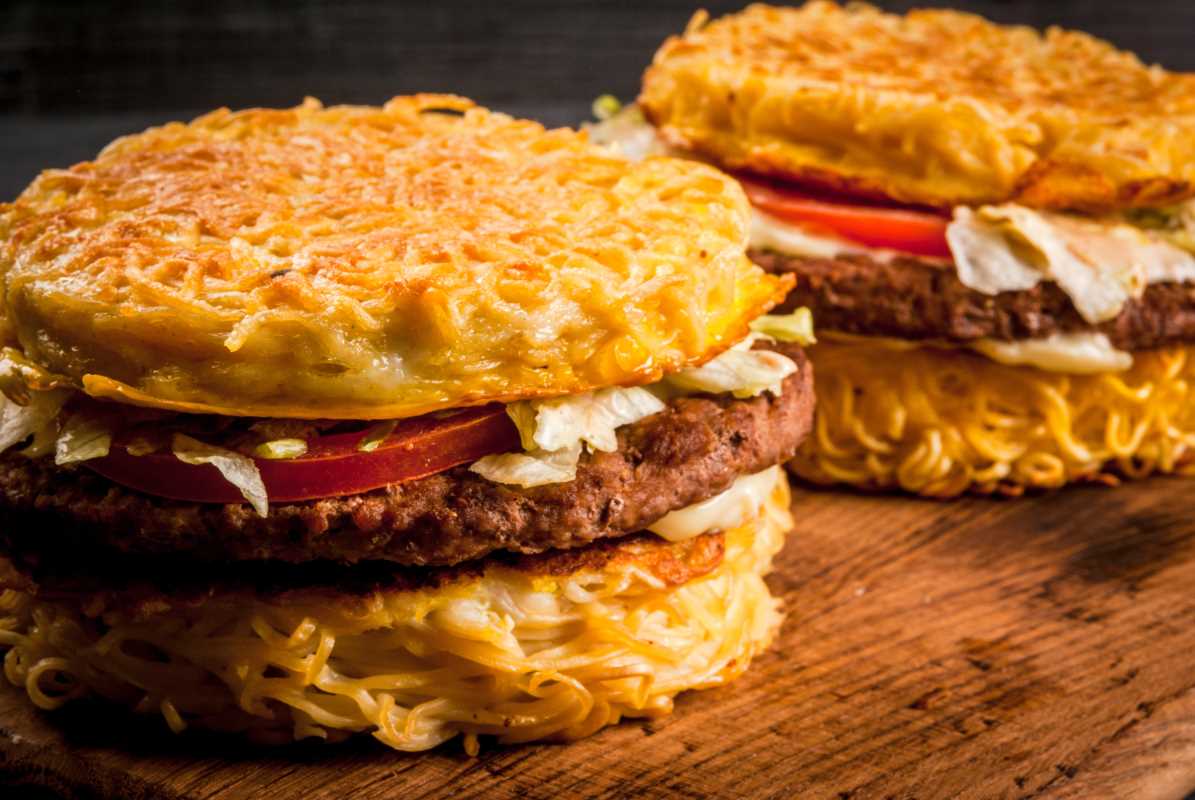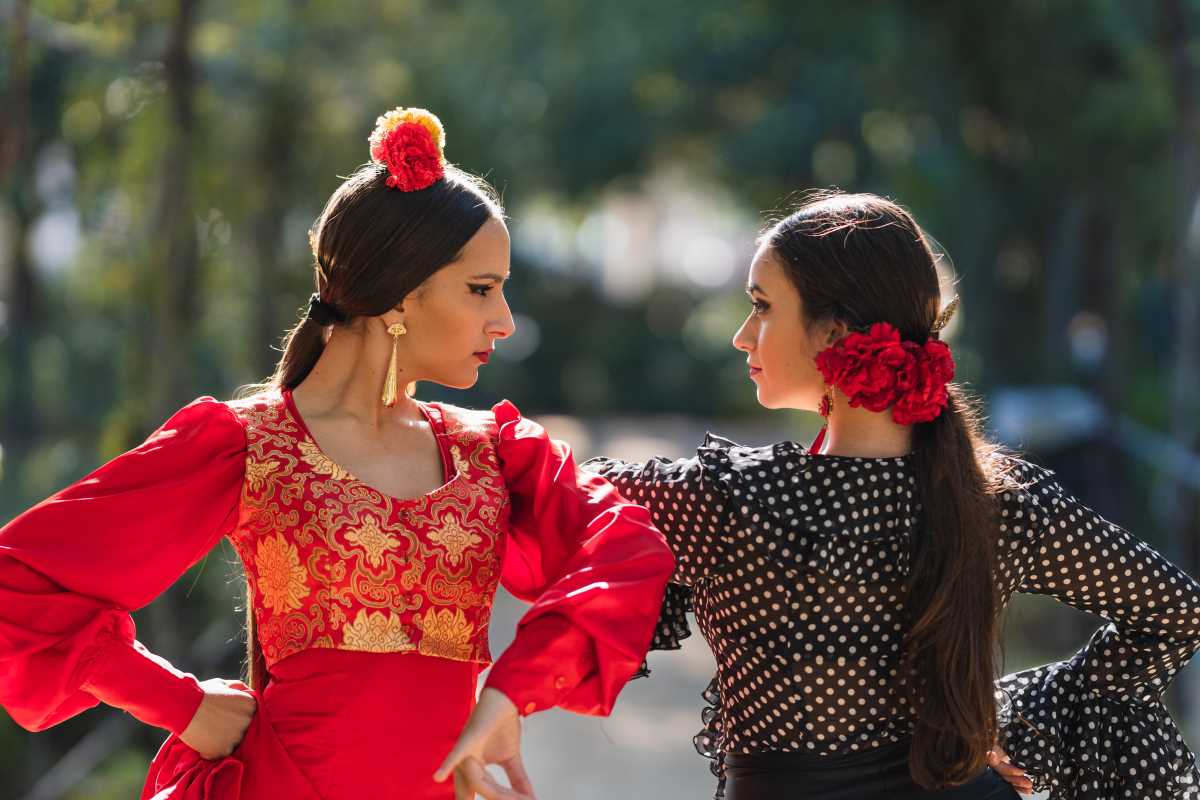Food is so much more than just nourishment. It’s a shared experience, an expression of culture, and a way to unite people even when they come from vastly different backgrounds. But what happens when you take elements of one cuisine and blend them with another? The result is fusion cuisine, a delicious form of storytelling that reflects the blending of traditions and histories. Whether you’re a seasoned foodie or someone who loves travel, fusion dishes have a unique way of turning meals into adventures. Let's explore how fusion cuisine connects cultures, its deep-rooted history, and some mouthwatering examples of this culinary magic.
What Is Food Fusion?
At its heart, fusion cuisine is about mixing culinary techniques, ingredients, and traditions from different cultures to create something new. It’s like crafting a chef's version of international diplomacy, where dishes from one part of the world meet another. This could mean giving French crepes a Mexican twist with chipotle cream or pairing Greek feta cheese with Japanese sushi rolls. Fusion cuisine breaks the rules, rewards creativity, and serves up something fresh while respecting the heritage of its ingredients.
One of the best parts about fusion food is its flexibility. Both professional chefs and home cooks experiment to create unexpected combinations, celebrating the interconnectedness of the world through food. It’s not about erasing boundaries but highlighting how much cultures can offer to one another. When done right, fusion cuisine strikes the perfect balance between innovation and tradition.
Fusion Cuisine Is Nothing New
Although fusion cuisine seems trendy now, it has been around for centuries. Trade routes, migration, and global exploration have long brought different flavors together. A great example of this is Indian curry. Many spices that are staples in Indian curry, such as turmeric and cumin, are native to India and were part of its food culture for thousands of years. These spices were introduced to other regions through trade routes, spreading flavors worldwide.
Even the origins of pasta offer a lesson in fusion history. While some attribute its introduction in Italy to Marco Polo’s travels to China, the reality is different. Evidence suggests that pasta was already being made in southern Italy long before Marco Polo's time, influenced by Arab traders who brought noodle-making techniques to Sicily during the 12th century. Rather than a single culinary discovery, pasta as we know it today evolved through many cross-cultural exchanges.
Another timeless example is "chifa," the Chinese-Peruvian cuisine that emerged in Peru in the late 19th and early 20th centuries with the arrival of Chinese immigrants. These settlers adapted their traditional cooking to incorporate Peruvian staples like potatoes and aji chilis, creating an entirely novel yet culturally rich fusion cuisine.
These examples reaffirm what we already know about food fusion. It’s not a fad but a beautiful reflection of human history, migration, and collaboration.
Iconic Fusion Dishes That Tell a Story
Some fusion dishes have become so popular that people sometimes forget they are hybrids of two or more cultures. Here are some standout examples:
1. Sushi Burritos
A match made in culinary heaven, the sushi burrito combines the meticulous craft of Japanese sushi with the grab-and-go convenience of a Mexican-style burrito. Packed with fresh fish, rice, crisp vegetables, and a variety of bold sauces, it’s the perfect fusion of flavorful elegance and hearty portions.
2. Tikka Masala Pizza
This fusion dish brings together the Indian favorite chicken tikka masala and Italian pizza. The creamy, spiced curry serves as the base, while melted cheese and toppings like fresh cilantro complete this deliciously global twist on a classic.
3. Korean Tacos
The Korean taco is a mouthwatering combination of Mexican and Korean flavors. Think marinated Korean-style beef or pork topped with kimchi, nestled in a warm tortilla. This dish gained fame in Los Angeles but has since become a worldwide street food sensation.
4. Peruvian-Chinese Dishes (Chifa)
Iconic dishes like arroz chaufa (fried rice) and lomo saltado (beef stir-fry) are perfect examples of how Chinese immigrants in Peru adapted Cantonese techniques to blend with local Peruvian flavors like aji chilis and potatoes. Today, these dishes are deeply embedded in Peru's culinary identity.
5. Ramen Burgers
The ramen burger swaps a standard bun for crispy, fried ramen noodle patties. This inventive dish blends Japanese ramen with the all-American burger, transforming two familiar foods into something entirely unique.
Each of these examples carries a story of cultural exchange and adaptation, showing that when culinary traditions meet, the results can be extraordinary.
Globalization and the Rise of Fusion Cuisine
Globalization has dramatically influenced how fusion cuisine thrives today. With access to ingredients from across the globe, it’s easier than ever to cook with flavors that once seemed foreign. For instance, it’s now possible to find Japanese miso paste, Middle Eastern za'atar, and Italian burrata in a single grocery store.
Traveling chefs and restaurants have also played a significant role in shaping fusion cuisine. A chef trained in Thailand might move to France and integrate Thai spices into traditional French sauces. Social media platforms like Instagram and TikTok amplify these culinary creations, spreading ideas for fusion dishes far and wide.
Fusion food also underscores the role of migration. Immigrant communities often adapt their traditional recipes to local ingredients and preferences. Tex-Mex cuisine, for example, was born from the melding of Mexican and American flavors along the U.S.-Mexico border. Similarly, Caribbean jerk chicken is influenced by African, European, and indigenous cooking techniques.
This culinary blending isn’t just about invention. It opens the door for people of different backgrounds to connect, helping build bridges instead of walls.
The Fine Line Between Fusion and Appropriation
While fusion cuisine is exciting, it’s important to approach it thoughtfully. Chefs and home cooks must respect the traditions and origins of the cuisines they're combining. Some critics argue that fusion dishes can sometimes feel more like cultural appropriation when creators don’t give credit to the cultures they’re drawing from or strip dishes of their meaning.
For example, if a dish is inspired by a traditional Japanese soup, it should be acknowledged as such rather than treated as an entirely new creation. Highlighting the origins of ingredients and techniques not only shows respect but also enriches the food experience by adding depth to its story.
Ultimately, the best fusion cuisine celebrates cultural exchange while preserving and honoring the unique identity of each cuisine involved.
Bridging Cultures Through Food
Fusion cuisine is about more than just taste; it’s about connection. It allows us to explore and appreciate other cultures from the comfort of our dinner plates. A sushi burrito can introduce someone to the art of sushi, just as tikka masala pizza can spark curiosity about Indian spices.
These culinary hybrids often lead to conversations about history, migration, and shared experiences. Sitting down to enjoy a fusion dish can spark dialogue about the places the food comes from, why certain ingredients are used, and how the dish evolved. By doing so, fusion cuisine brings people together, reminding us of our shared love of good food and creativity.
Fusion Cooking at Home
If you’re feeling inspired, you don’t need to book an international flight to try fusion food. You can create your own combo dishes at home. Here are a few easy ideas to get started:
- Reimagine Pasta Dishes: Add a splash of soy sauce to spaghetti or use Korean gochujang (spicy fermented chili paste) as a pasta sauce.
- Combine Unexpected Layers: Toss some Middle Eastern falafel into a taco shell or garnish your French fries with Japanese wasabi mayo.
- Experiment With Proteins: Cook using Indian tandoori spices on wings or add a Mexican mole sauce to grilled chicken.
The joy of fusion cooking is that it’s all about experimenting and finding what works for your palate.
 (Image via
(Image via





